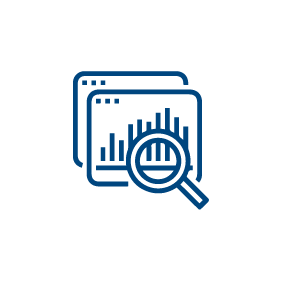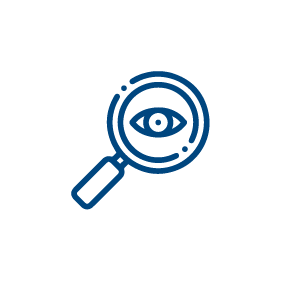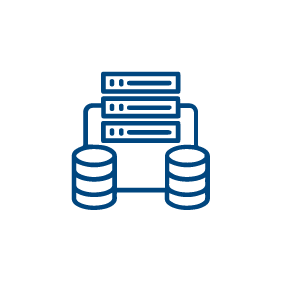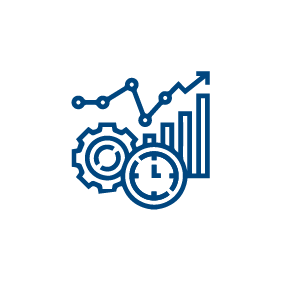Python: High-level, object-oriented programming language with dynamic semantics, ideal for rapid application development. Learn more here.

Python: High-level, object-oriented programming language with dynamic semantics,
ideal for rapid application development. Learn more here.

Python is widely used for web development, with frameworks like Django, Flask, and Pyramid providing robust and scalable solutions for building web applications, APIs, and microservices.

Python is a popular choice for data analysis and visualization tasks, thanks to libraries such as Pandas, NumPy, Matplotlib, and Seaborn.

Python has become a leading language for machine learning and artificial intelligence (AI) applications, with libraries such as TensorFlow, PyTorch, and Scikit-learn.

Python is ideal for automation and scripting tasks, thanks to its simple syntax, extensive standard library, and cross-platform compatibility.

Python is commonly used for backend development, with frameworks like Django and Flask providing robust solutions for creating RESTful APIs, web services, and backend systems.

Python is widely used in DevOps and infrastructure automation, with tools like Ansible, Puppet, and Terraform.

Businesses use Python for tasks such as creating graphical user interfaces (GUIs) and data visualization tools.

Python features such as user authentication, content management, SEO optimization, and e-commerce functionality.
Python works to create statistical calculations, build machine learning algorithms, and manipulate data.
It is mostly used to build the backend of a website or application.
Python can be used by beginners to automate simple tasks like renaming files and searching for and downloading content online.
In software development, Python can help with tasks like build control, bug tracking, and testing.